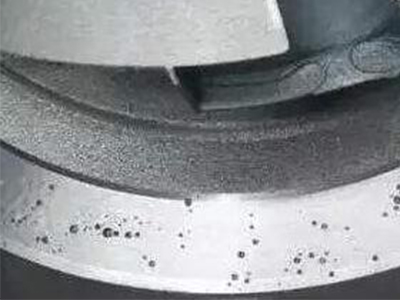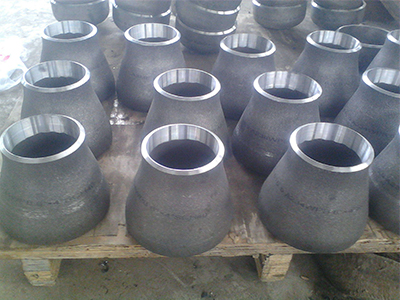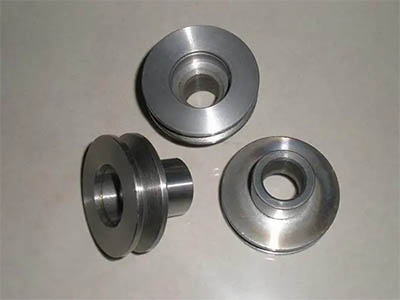- It is recommended that you choose castings like this
- Advantages of high manganese steel castings
- Factors that cause precision casting size defects
- Introduction to the knowledge of stainless steel castings
- What should I pay attention to in the production process of stainless steel casting?
- Factors affecting precision casting accuracy
- Where is the large-scale cast steel parts used?
- What are the requirements for the selection of rough stainless steel precision casting?
- Technical requirements and material selection of precision casting
- The role of Heat Resistance in Steel Castings
- Call : +86 13390692151
- sale@kfqizhongji.com
-
Room 1, No. 21, Chaoying East Road, Zhoushi,
Kunshan City, Jiangsu Province, China
Temperature and Speed of Steel Castings in pouring process
1. How to choose the casting temperature of cast steel parts.
The pouring temperature has a greater influence on the quality of cast steel parts. When the watering temperature is too high, the shrinkage of the liquid steel will increase, the gas content will increase, and the thermal effect of the liquid steel on the casting shape will be enhanced, so that the cast steel parts are easy to shrink holes, pores, deformation, cracks and sticky sand. When the pouring temperature is too low, the fluidity of the liquid steel is very poor, which can easily lead to defects, such as cold separation, lack of pouring and residues.
The pouring temperature of cast steel parts is usually 40-80 °C higher than the melting point of their materials. The casting temperature of steel with high viscosity, low mass, thin wall and complex structure should be higher. On the contrary, the pouring temperature decreases accordingly.
2. Selection and Control of pouring Speed of cast Steel parts.
The fast and slow pouring speed of cast steel parts should be determined according to the specific conditions of the casting. For thin-walled castings and complex castings, quick pouring should be used to avoid dumping. When the casting has a large upper plane, it is also suitable to use rapid pouring to avoid the long-term high temperature radiation baking effect from the upper skin of the cast floor of liquid steel for a long time, resulting in defects in sandy cast steel parts.
When pouring into small cast steel parts, pouring time is usually used to measure the speed of pouring speed. When pouring into large and medium-sized steel plates, the pouring speed is represented by the rising speed of liquid steel in the cavity. Proper speed can make the liquid steel uniform, fast and balanced, in order to obtain high quality cast steel parts. If the steel liquid rises slowly, the steel cast steel parts are easily isolated and impossible to cut water, without water, sand sandwiches, cracks and sandy eyes. If liquid steel rises too fast, it is easy to cause defects such as fires, pores and residues.
Although the pouring speed of cast steel parts is controlled to some extent, it is more directly affected by the diameter of casting nozzle. The flow velocity of the steel drum nozzle is proportional to the square root of the height of the steel liquid surface of the steel drum with the diameter of the steel drum. In order to obtain a suitable pouring speed, the ladle must be equipped with suitable diameter casting bricks and, if necessary, double casters.





